Grant program managers understand the deep connection funders have to helping them achieve their mission.
The challenge for grant program managers is how they can demonstrate their impact so funders understand the results achieved for their contribution. They must build and grow their funding relationships. Measures must be tangible and relevant to investors. And measures must be realistic, in evidencing contribution and operationally reflecting the time and effort involved.
It’s easy to support important societal goals, like the United Nations Sustainable Development Goal #1 – No Poverty. The reality is a single project or program is not likely to make a measurable impact against such broad goals, especially within a limited timeframe.
This is where right sizing impact measures is critical to making impact reporting meaningful. It delivers the information funders need to assess if their contributions are making a difference.
1. Targets tangible results
Right sizing impact measures means understanding how a project, or program, delivers tangible and measurable results. The UNSDG goals provide detailed targets. With these targets program managers can develop measures that capture how the program’s deliverables contribute to the goal. Targets may need to be further right sized themselves, to a level relevant to the funding, its purpose, and timeframe. Measures need to deliver real evidence so funders can appreciate how contributed.
2. Achievements not activities
Program managers must carefully balance reporting on how the money is being spent and what has been achieved. The data supporting efficient day-to-day program administration and management is part of understanding how the program is delivered but typically does not inform on “why”.
Measures on outputs may be effective in reflecting activity while also demonstrating progress against a target. The measurement frameworks can be implemented within the grant application, so project status reporting contributes the type of data needed for impact measurement.
3. Qualitative and quantitative
Measures need to capture both quantitative and qualitative data. Qualitative reporting can provide deep insights to on-the-ground impact. These measures provide important context to analyze quantitative data.
Quantitative impact measures should inform how your organisation delivers on its mission, so data can be rolled up and understood holistically. Funders should be able to understand how their investment in a particular project performs and how it combines with other projects to contribute to the whole program.
4. Avoids complication and expense
Measures need to support transparent oversight, but if they are too granular, they do not inform on impact. If they are too broad and ambiguous the results cannot be substantiated. Most not-for-profits already report the cost of measuring impact as a barrier.
Broader and more ambiguous goals require a lot more information. This can often require third party data, longitudinal studies and systems that can track data over a lifetime, grant program managers need to be aware of the operational complexity, cost and capacity demanded.
5. Support mid-course corrections
Program managers need measures that can inform on progress. Measures that are too ambiguous may not alert program managers to opportunities for corrections.
Right sized measures can be tracked and provide early indicators that allow for mid-course corrections on a project or a program. Qualitative measures can be designed to capture on the ground evidence on real-time impact, especially with qualitative context. Milestone reporting can be used to adjust budgets, focus, projects and other operational aspects to make corrections or redeploy resources.
Funders are drawn to support and invest in the mission of your organisation. They want to make an impact, to do good for the community and the environment. Right sized measures provide transparent data not only supporting accountability and compliance, they underpin the confidence that builds a strong, successful and enduring relationship.


